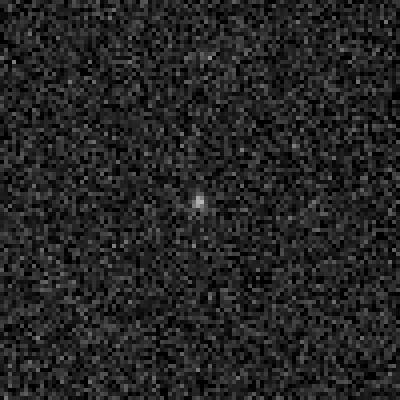Leda (moon) on:
[Wikipedia]
[Google]
[Amazon]
Leda , also known as , is a prograde Leda and the Swan
/ref> by
Leda Overview
b
NASA's Solar System Exploration
(by Scott S. Sheppard) {{DEFAULTSORT:Leda (Moon) Himalia group Moons of Jupiter Irregular satellites Discoveries by Charles T. Kowal 19740911 Moons with a prograde orbit Leda (mythology)
irregular satellite
In astronomy, an irregular moon, irregular satellite, or irregular natural satellite is a natural satellite following an orbit that is irregular in some of the following ways: Distant; inclined; highly elliptical; retrograde. They have often be ...
of Jupiter
Jupiter is the fifth planet from the Sun and the List of Solar System objects by size, largest in the Solar System. It is a gas giant with a Jupiter mass, mass more than 2.5 times that of all the other planets in the Solar System combined a ...
. It was discovered by Charles T. Kowal at the Mount Palomar Observatory
The Palomar Observatory is an astronomical research observatory in the Palomar Mountain, Palomar Mountains of San Diego County, California, United States. It is owned and operated by the California Institute of Technology (Caltech). Research time ...
on September 14, 1974, after three nights' worth of photographic plates had been taken (September 11 through 13; Leda appears on all of them). It was named after Leda, who was raped/ref> by
Zeus
Zeus (, ) is the chief deity of the List of Greek deities, Greek pantheon. He is a sky father, sky and thunder god in ancient Greek religion and Greek mythology, mythology, who rules as king of the gods on Mount Olympus.
Zeus is the child ...
, the Greek equivalent of Jupiter
Jupiter is the fifth planet from the Sun and the List of Solar System objects by size, largest in the Solar System. It is a gas giant with a Jupiter mass, mass more than 2.5 times that of all the other planets in the Solar System combined a ...
(who came to her in the form of a swan
Swans are birds of the genus ''Cygnus'' within the family Anatidae. The swans' closest relatives include the goose, geese and ducks. Swans are grouped with the closely related geese in the subfamily Anserinae where they form the tribe (biology) ...
). Kowal suggested the name and the IAU endorsed it in 1975.
Leda belongs to the Himalia group, moons orbiting between 11 and 13 Gm from Jupiter at an inclination of about 27.5°. The orbital elements given here are as of January 2021, but they are continuously changing due to solar and planetary perturbations.

See also
* Jupiter's moons in fiction * Fire Maidens of Outer Space (1956 film)References
External links
Leda Overview
b
NASA's Solar System Exploration
(by Scott S. Sheppard) {{DEFAULTSORT:Leda (Moon) Himalia group Moons of Jupiter Irregular satellites Discoveries by Charles T. Kowal 19740911 Moons with a prograde orbit Leda (mythology)